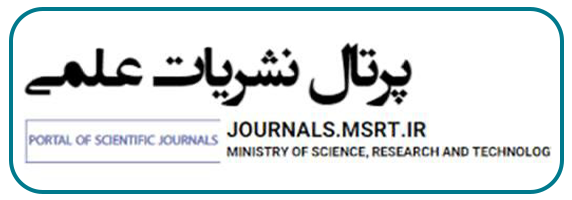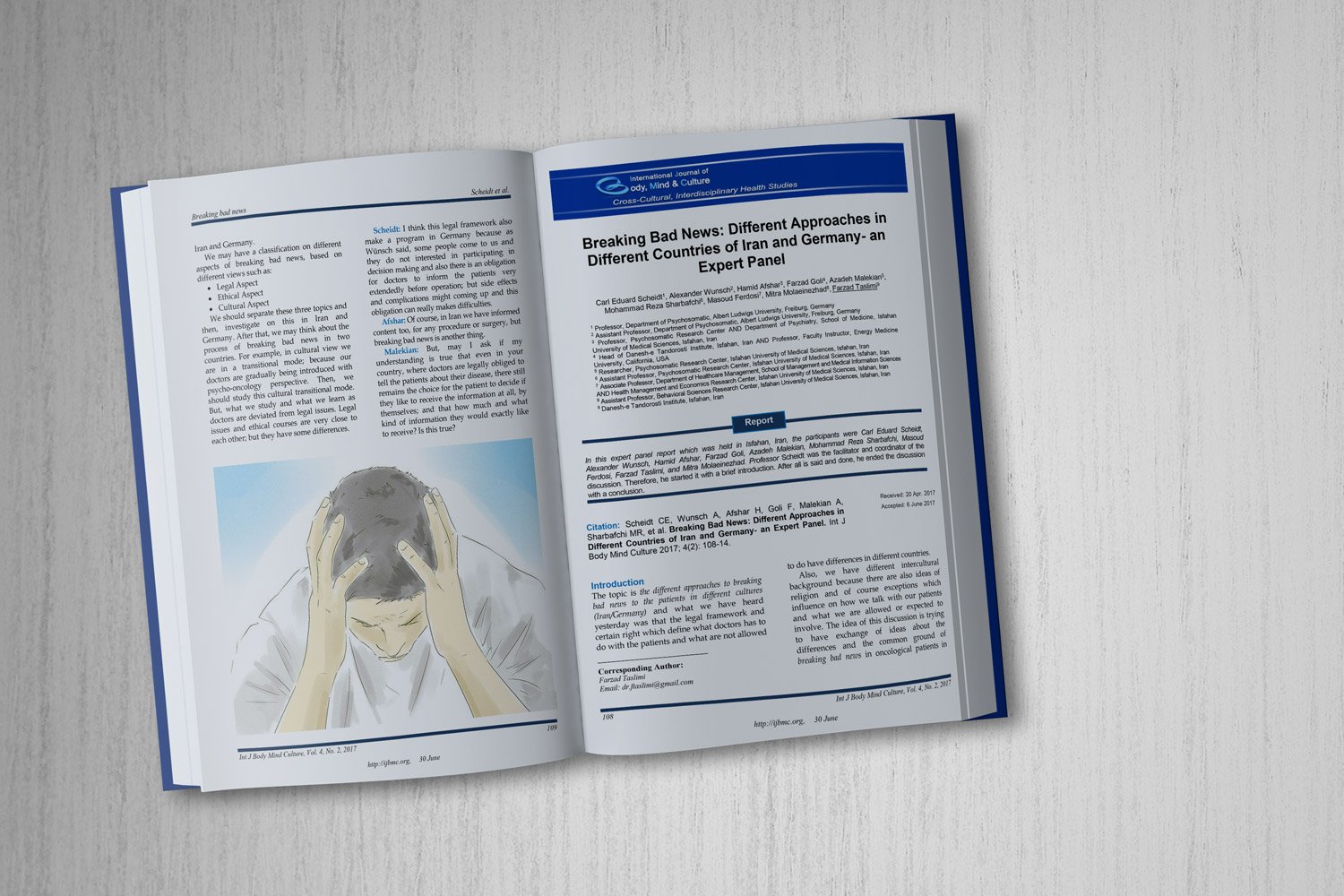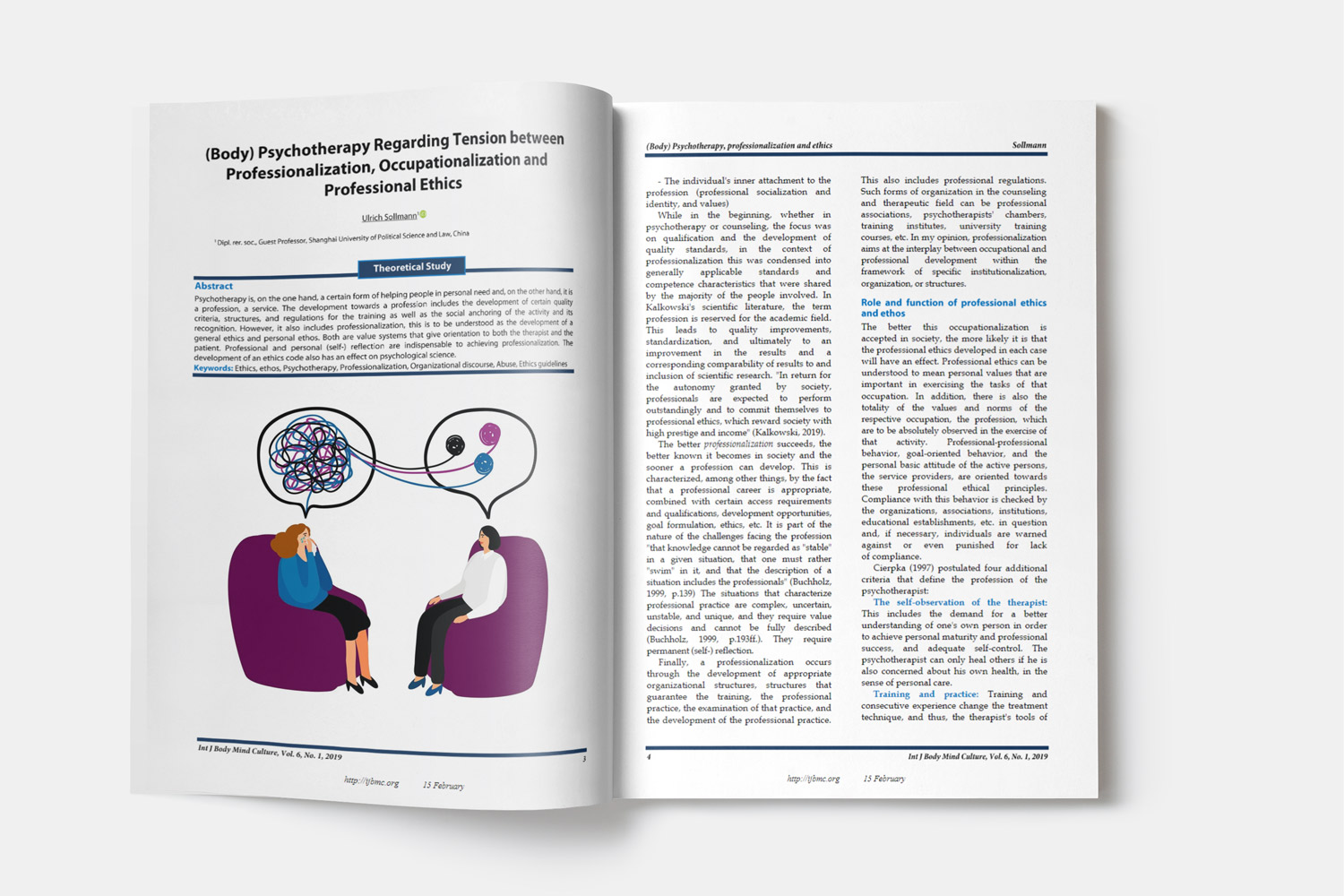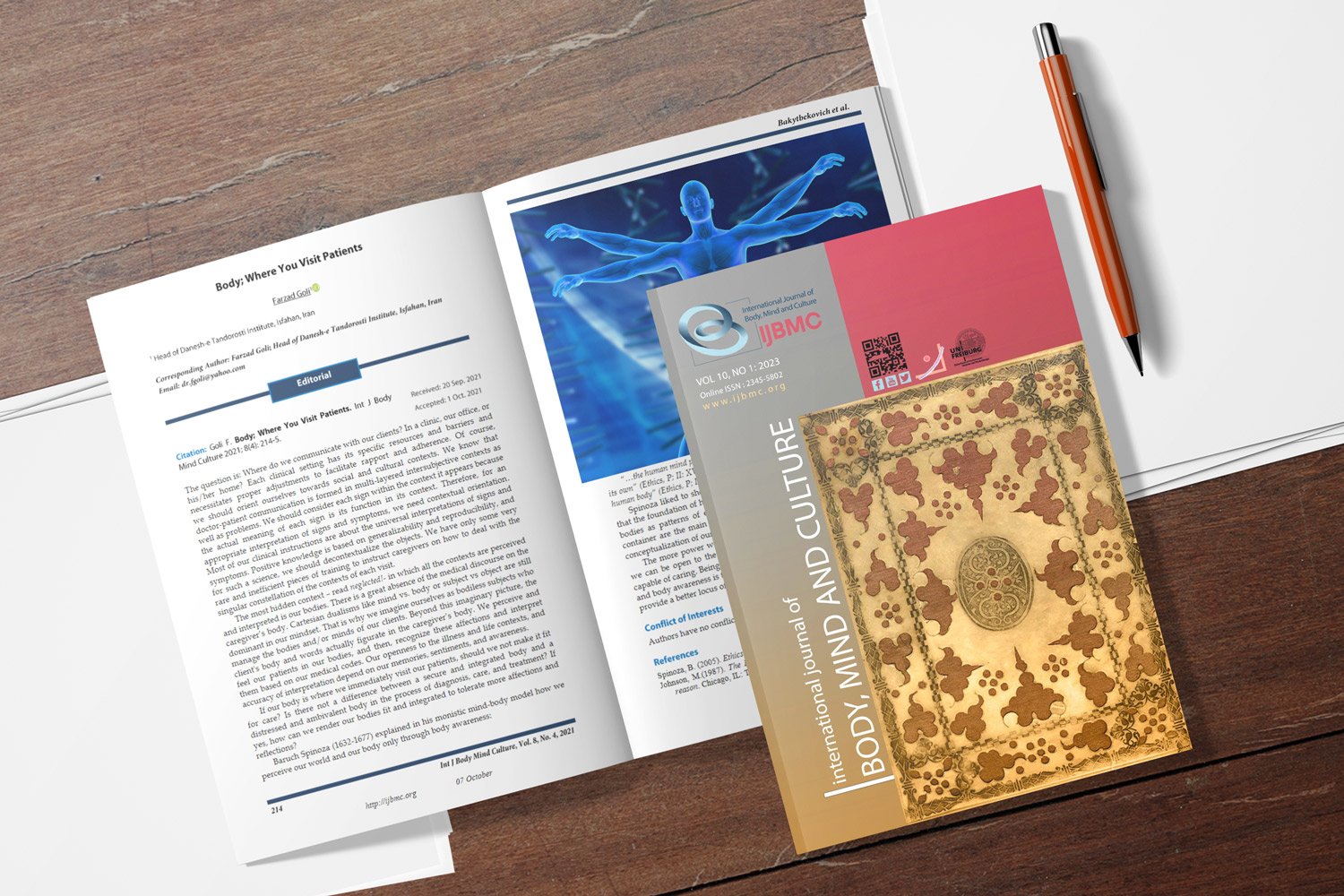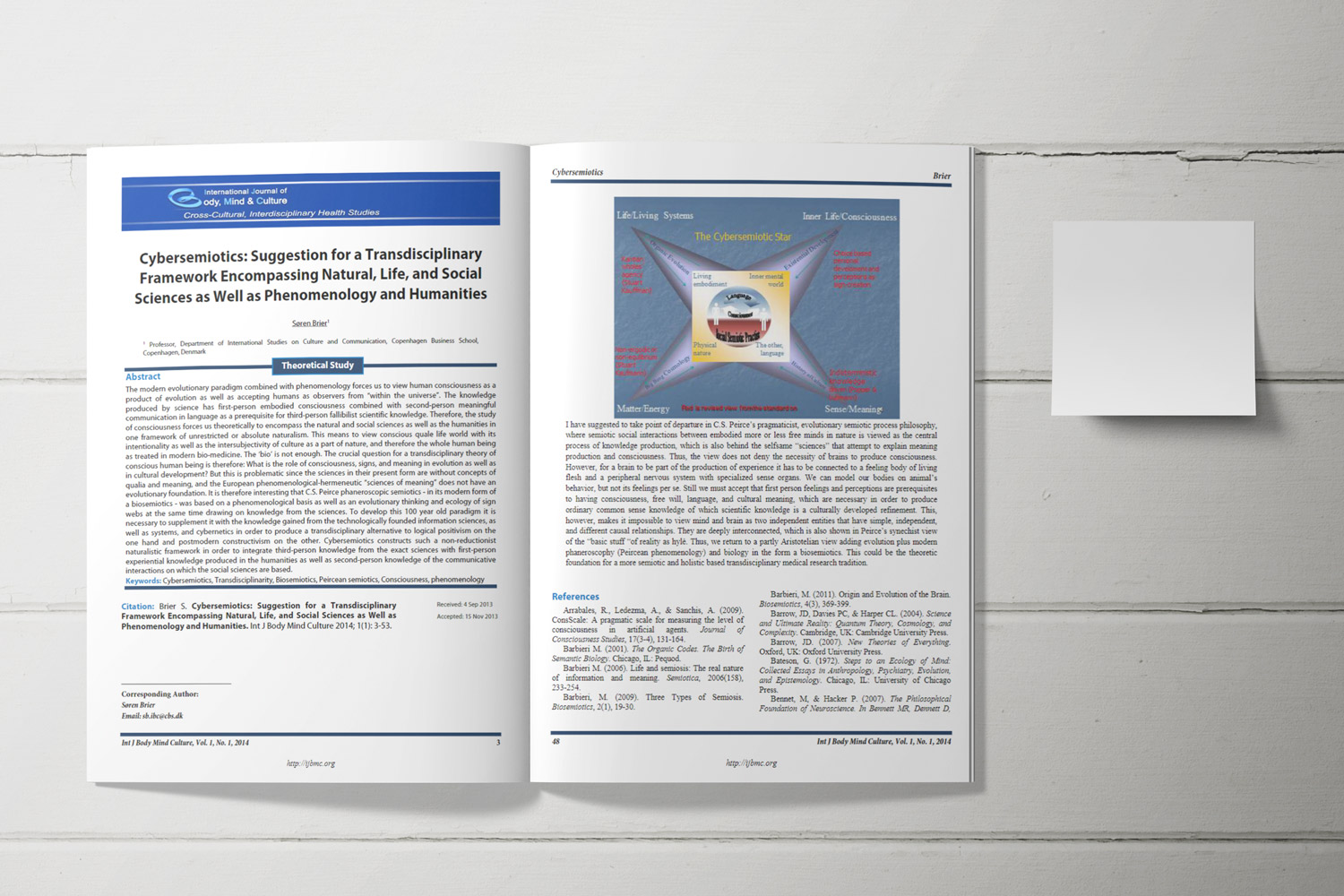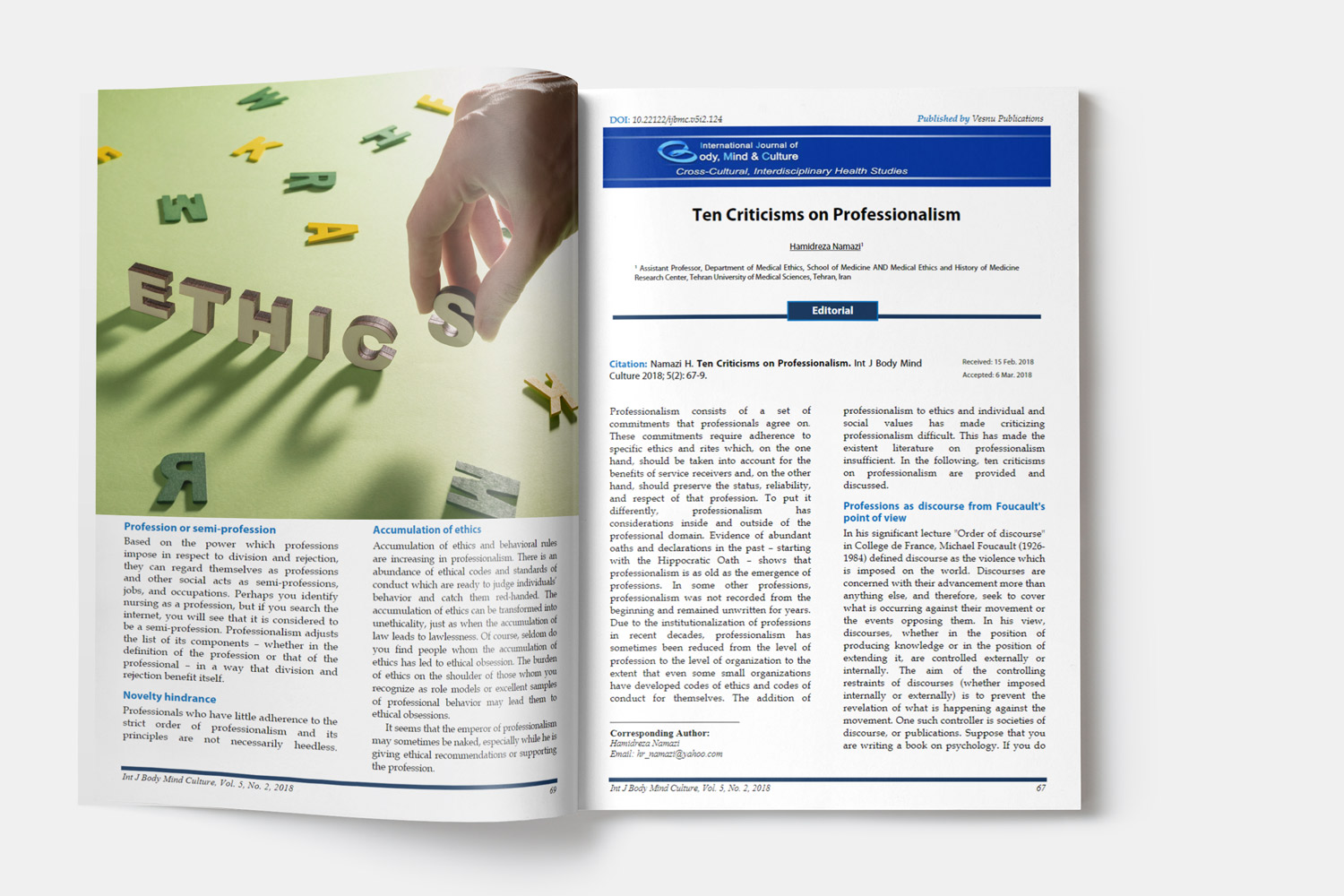Effect of a Health Belief Model–Based Educational Program on University Students’ Knowledge and Beliefs Regarding Sexual Harassment
Downloads
Objective: Sexual harassment is a pervasive global issue that poses serious physical, psychological, and social threats to university students, particularly females. The high prevalence of harassment in academic environments highlights the urgent need for effective preventive strategies. This study aimed to evaluate the effect of a Health Belief Model–based educational program on university students’ knowledge and beliefs concerning sexual harassment.
Methods and Materials: A quasi-experimental pre- and post-test design was conducted at Sumer University, Iraq, involving 335 first-year female students from the Faculties of Medicine (n=215) and Science (n=120). Data were collected using a validated self-administered questionnaire assessing participants’ knowledge and HBM constructs (perceived susceptibility, severity, benefits, barriers, cues to action, and self-efficacy) before and after the intervention. The educational program was tailored according to HBM principles to promote behavioral change.
Findings: Following the Health Belief Model–based educational intervention, students showed significant improvements in knowledge and beliefs across all HBM constructs (p < 0.001), with increased perceived susceptibility and self-efficacy, and reduced perceived barriers. The findings indicate a positive shift toward greater awareness and motivation to prevent sexual harassment.
Conclusion: The HBM-based educational intervention significantly improved students’ knowledge and beliefs about sexual harassment, leading to increased awareness, reduced perceived barriers, and greater readiness to take preventive action. These results demonstrate the effectiveness of theory-driven initiatives in encouraging behavioral change and fostering a safer campus community.
Downloads
Abu-Ras, W. (2017). Cultural beliefs and mental health treatment preferences of Arab Americans. Social Work in Mental Health, 5(1-2), 359-386. https://www.sciencedirect.com/science/article/pii/S1064748112620673
Alquaiz, A. M., Kazi, A., & Al-Muneef, M. (2012). Determinants of sexual violence among young girls in Riyadh, Saudi Arabia. Journal of Interpersonal Violence, 27(15), 2871-2888. https://link.springer.com/article/10.1186/1472-6874-13-19
Banyard, V. L., Moynihan, M. M., & Crossman, M. T. (2019). Reducing sexual violence on campus: The role of student leaders as empowered bystanders. Journal of College Student Development, 50(4), 446-457. https://doi.org/10.1353/csd.0.0081
Baytiyeh, H. (2017). Students' perceptions of campus safety in the Middle East. International Journal of Educational Development, 53, 23-30. https://link.springer.com/article/10.1057/s41300-022-00148-y
Bondestam, F., & Lundqvist, M. (2020). Sexual harassment in higher education - a systematic review. European Journal of Higher Education, 10(4), 397-419. https://doi.org/10.1080/21568235.2020.1729833
Campbell, R., Dworkin, E., & Cabral, G. (2019). An ecological model of the impact of sexual assault on women's mental health. Trauma, Violence, & Abuse, 10(3), 225-246. https://doi.org/10.1177/1524838009334456
Champion, V. L., & Skinner, C. S. (2018). The Health Belief Model. In K. Glanz, B. K. Rimer, & K. E. D. T. t. Viswanath (Eds.), Health Behavior and Health Education: Theory, Research, and Practice (pp. 45-65). Jossey-Bass. https://www.academia.edu/download/49289960/Health_Behavior___Health_Education_book_4th_Ed.pdf#page=83
Connell, R. (2015). Masculinities EDT - 2nd. University of California Press. https://go.gale.com/ps/i.do?id=GALE%7CA90190310&sid=googleScholar&v=2.1&it=r&linkaccess=abs&issn=01491830&p=AONE&sw=w
El-Gazzar, H. E., & Awad, M. A. (2020). Socioeconomic factors and vulnerability to harassment among female university students. Middle East Current Psychiatry, 27(1), 48. https://ssoss.ui.ac.ir/article_26331.html?lang=en
El-Gibaly, O., Ibrahim, B., Mensch, B. S., & Clark, W. H. (2019). The decline of female genital cutting in Egypt: Evidence of accountability and agency. Reproductive Health, 16(1), 20. https://doi.org/10.1186/s12978-019-0663-9
Fawole, O. I., Ajuwon, A. J., & Osungbade, K. O. (2012). Evaluation of interventions to prevent gender-based violence among young female apprentices in Ibadan, Nigeria. Health Education, 102(6), 317-325. https://www.emerald.com/insight/content/doi/10.1108/09654280510595254/full/html
Fitzgerald, L. F., Gelfand, M. J., & Drasgow, F. (2015). Measuring sexual harassment: Theoretical and psychometric advances. Basic and Applied Social Psychology, 19(4), 425-445. https://doi.org/10.1207/s15324834basp1904_2
Klein, R. D., & Martin, S. L. (2020). Understanding sexual harassment in academia: Prevalence, impact, and preventive strategies. Trauma, Violence, & Abuse, 21(3), 566-578. https://doi.org/10.1177/1524838018782207
Moylan, C. A., & Lindhorst, T. (2015). Institutionalizing an ethic of care in universities: From sexual assault response to student well-being. Journal of Women and Social Work, 30(3), 341-357. https://www.researchgate.net/publication/276830034_Institutionalizing_an_Ethic_of_Coordinated_Care_for_Rape_Victims_Exploring_Processes_of_Legitimacy_and_Decoupling_in_Sexual_Assault_Response_Teams
The Tackling. (2010). Tackling the rise in cases of sexual harassment in Iraq. https://arab.news/zrk82
UNESCO. (2021). Global guidance on addressing school-related gender-based violence. United Nations Educational, Scientific and Cultural Organization. https://books.google.com/books?hl=fa&lr=&id=uWK_DQAAQBAJ&oi=fnd&pg=PA5&dq=Global+guidance+on+addressing+school-related+gender-based+violence&ots=khD1zG7tvQ&sig=npHkBIch53yHOR2slHOQmt59Y1g
World Health Organization. (2013). Global and regional estimates of violence against women: Prevalence and health effects of intimate partner violence and non-partner sexual violence. WHO Press. https://www.who.int/publications/i/item/9789241564625
Copyright (c) 2025 International Journal of Body, Mind and Culture

This work is licensed under a Creative Commons Attribution-NonCommercial 4.0 International License.






